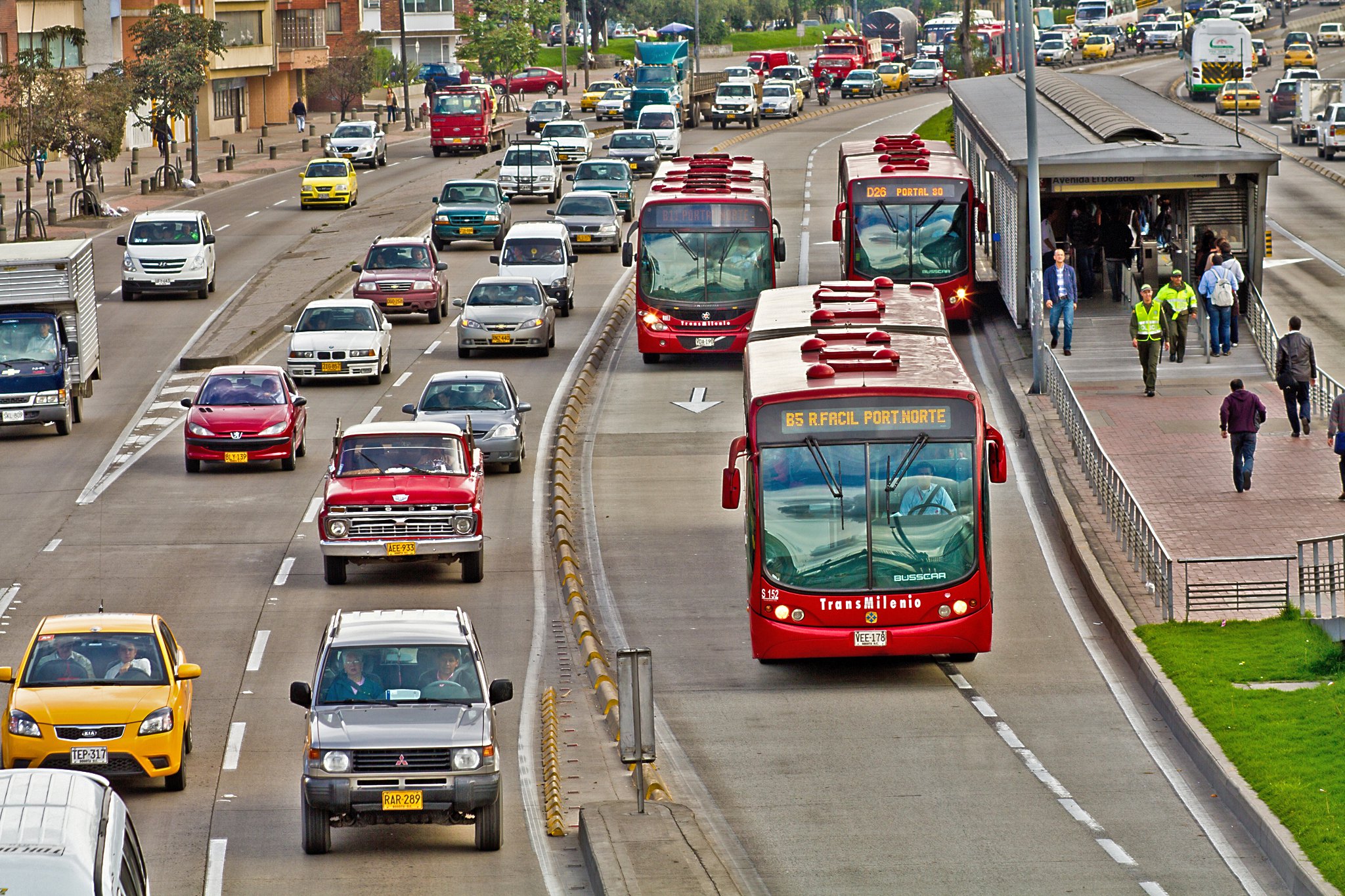Bogotá is the capital and financial centre of Colombia with a population of 8 million people. Between 1996 and 2006, the city of Bogotá reduced its traffic fatality rate by more than 60%. Since then it has remained constant – an achievement given the climbing fatality rate nationally. The 1996–2006 drop in fatalities most profoundly affected motor vehicle occupants, likely related to a combination of education, infrastructure and enforcement policies and programmes with road safety indicators as part of their implementation.
There is still a great need for attention to the safety of vulnerable road users, who are affected by difficult conditions in terms of road safety: there are approximately 15 million trips a day in Bogotá, with most people walking or travelling by bus, and an increasing number travelling by motorcycle.
This case study identifies seven lessons learnt that can be applied to other low- and middle-income cities:
- National reforms can support city-level change.
- A combination of technocratic and democratic approaches to public policies can generate desired outcomes.
- International agencies have a significant impact.
- Linking the problem to broader issues to which the public can relate may support public policy responses to road safety.
- Improved public transportation from a sustainable mobility approach can have a significant impact.
- The importance of non-motorised transport infrastructure.
- While fatalities have dropped among car occupants, they are rising among cyclists and motorcyclists, and require special attention.
Read the interactive report.
This is one of three case studies, analysing the politics of road safety in low- and middle-income countries. More information about the project can be found here.
